Anna Leonhardt – Can you paint infinity?
- Jonas
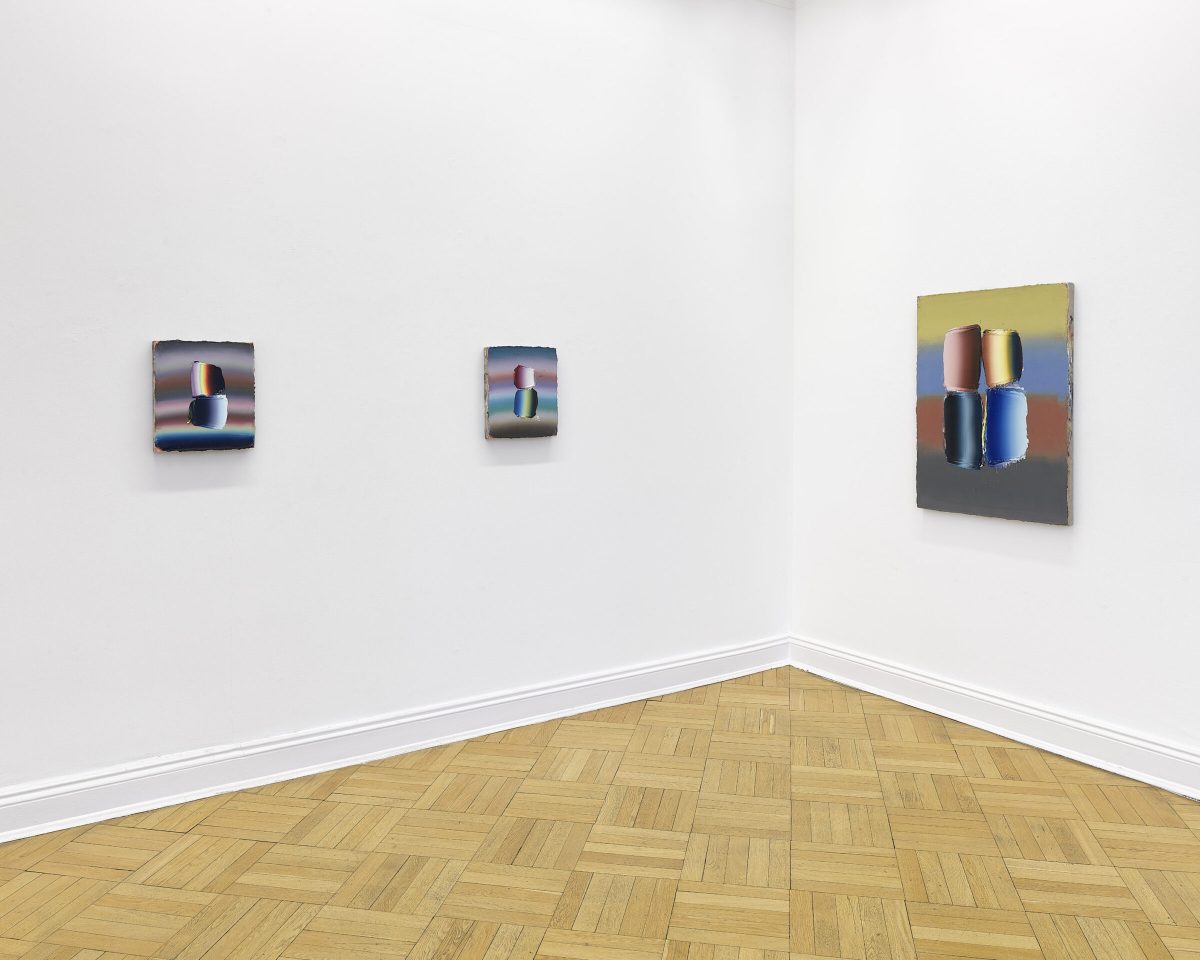
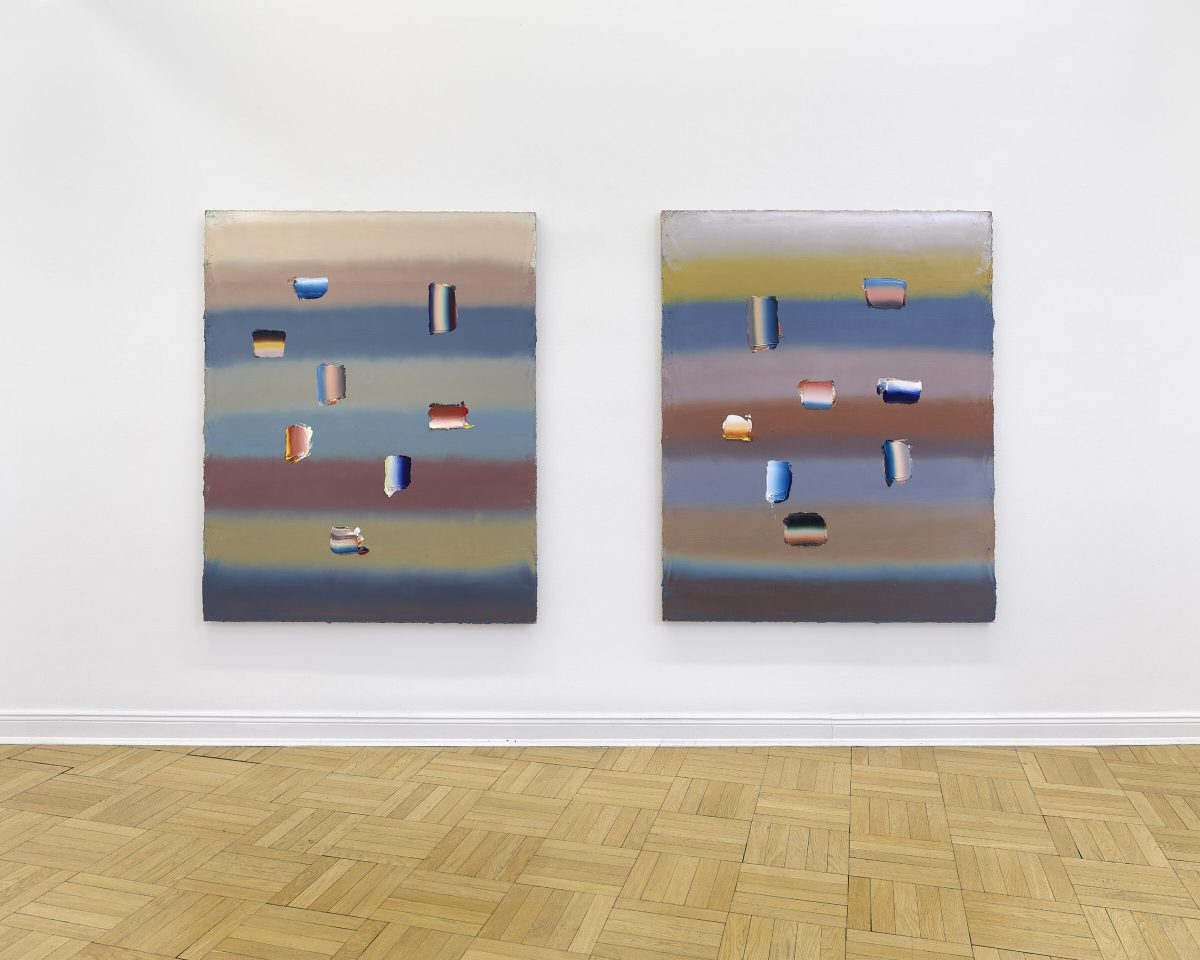

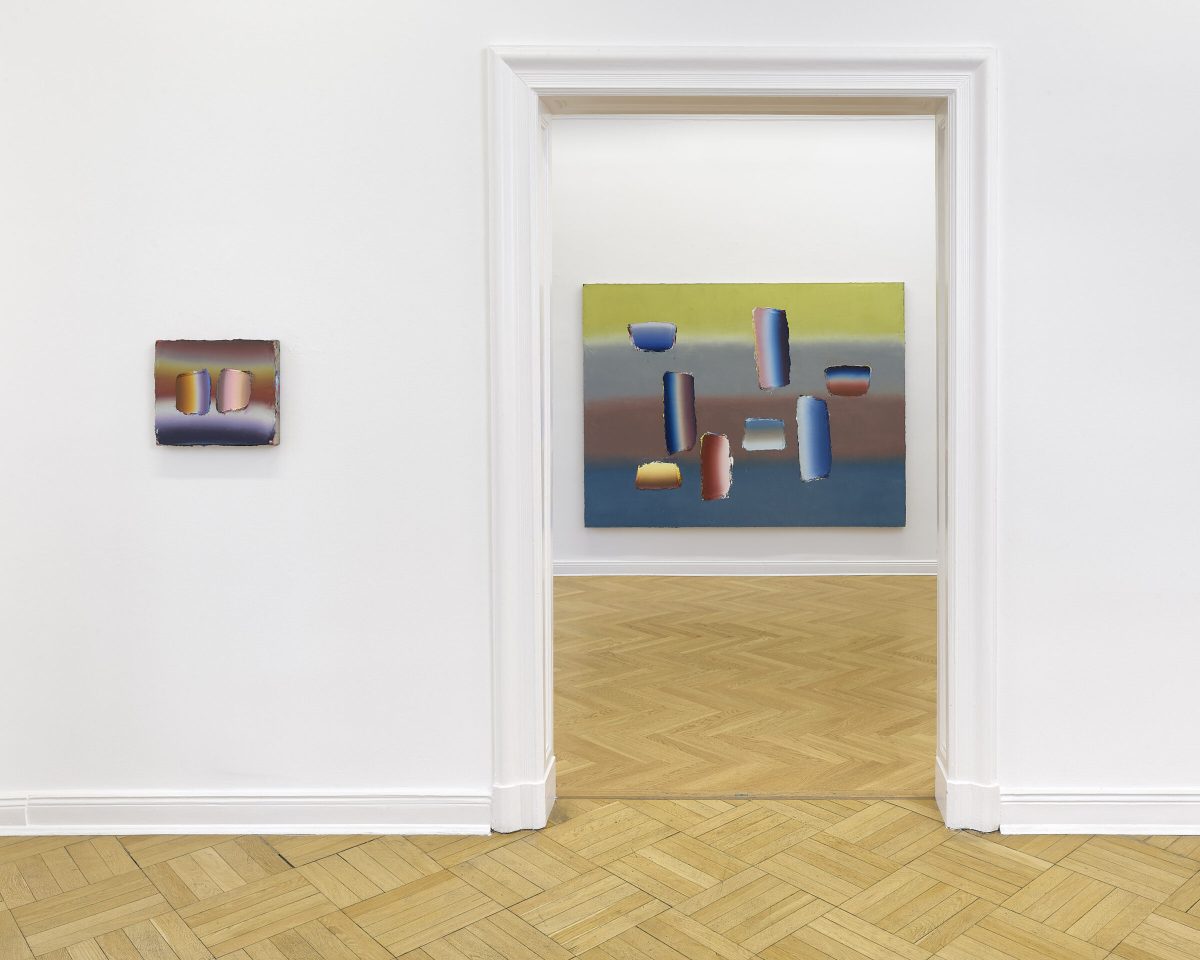
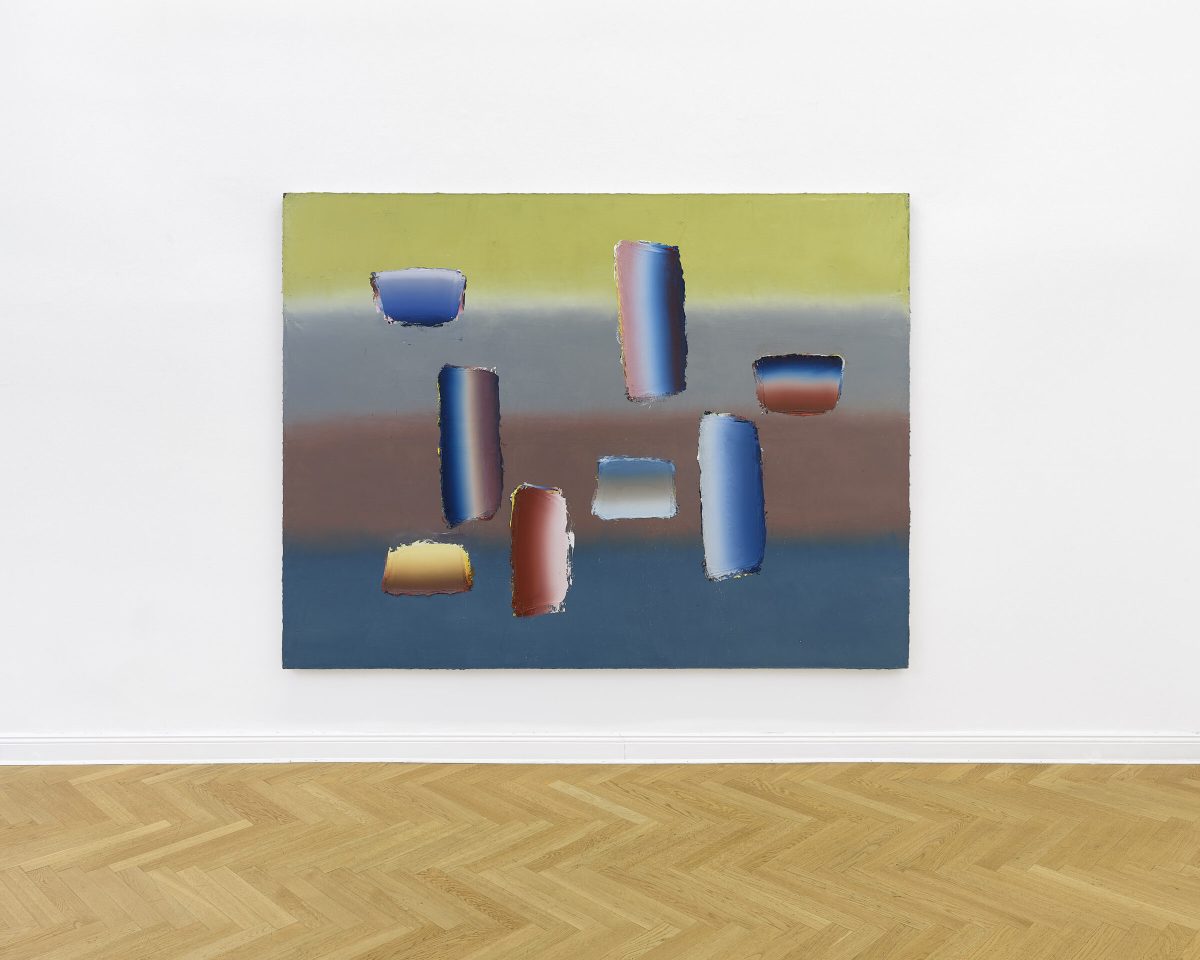
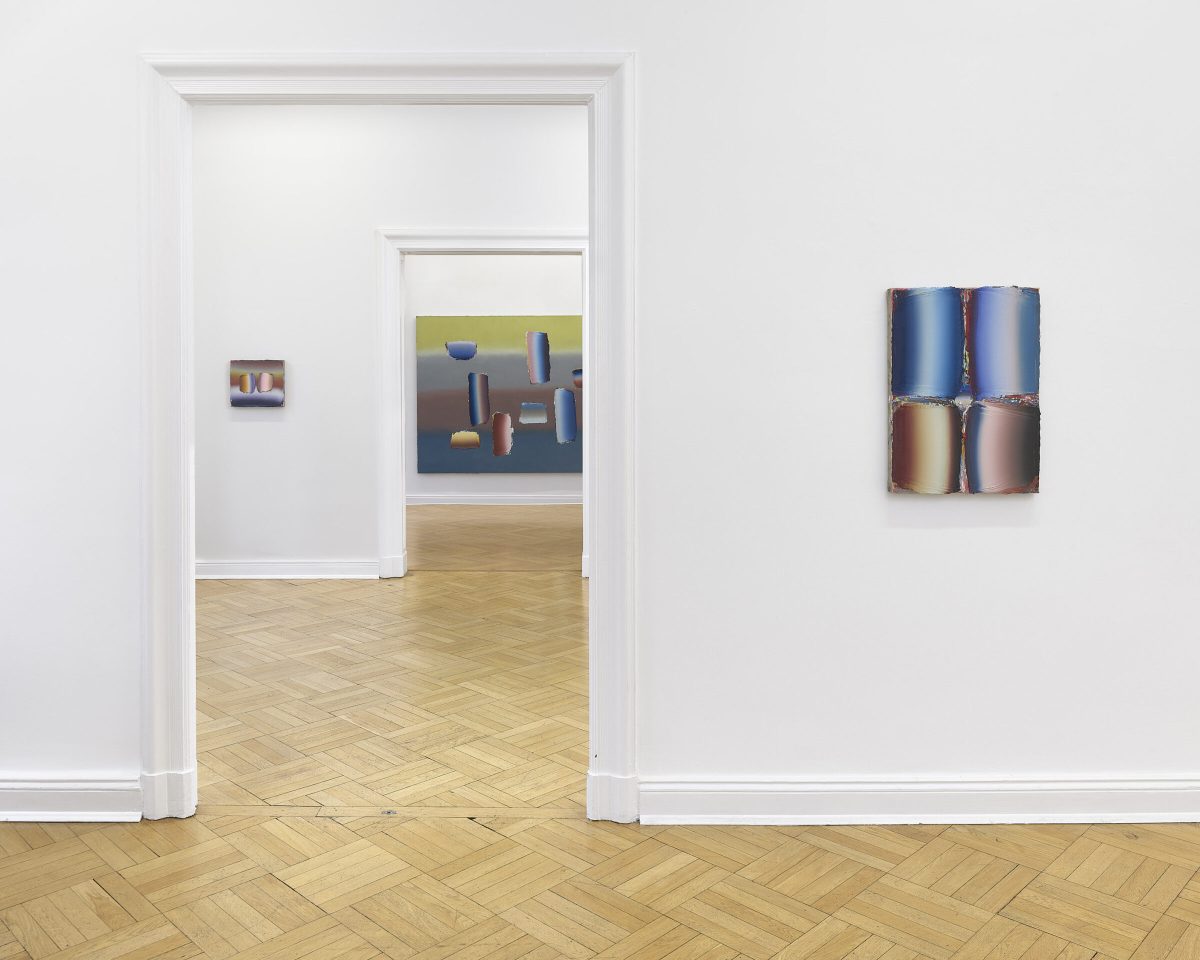
What does painting have to do with the universe? At the moment, the works of Anna Leonhardt at Galerie Friese in Berlin show that the two spheres are more closely connected than one might think.
Being certain of one’s place in the world is no easy task – in many ways: culturally, socially, politically. Even scientific facts don’t always help. An infinite universe that keeps expanding on the one hand, and the entanglement of invisible quantum particles on the other – enough to make your head spin.
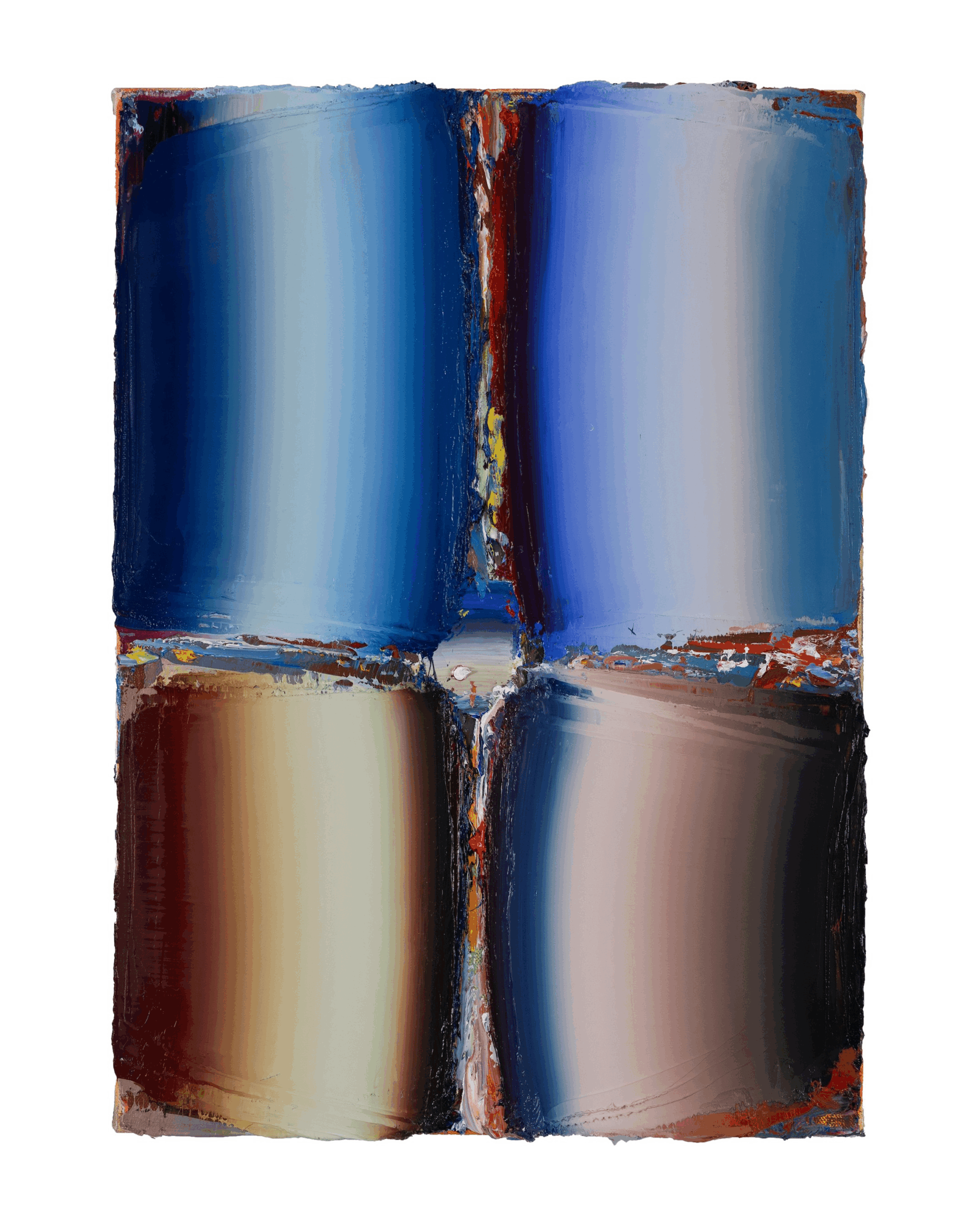
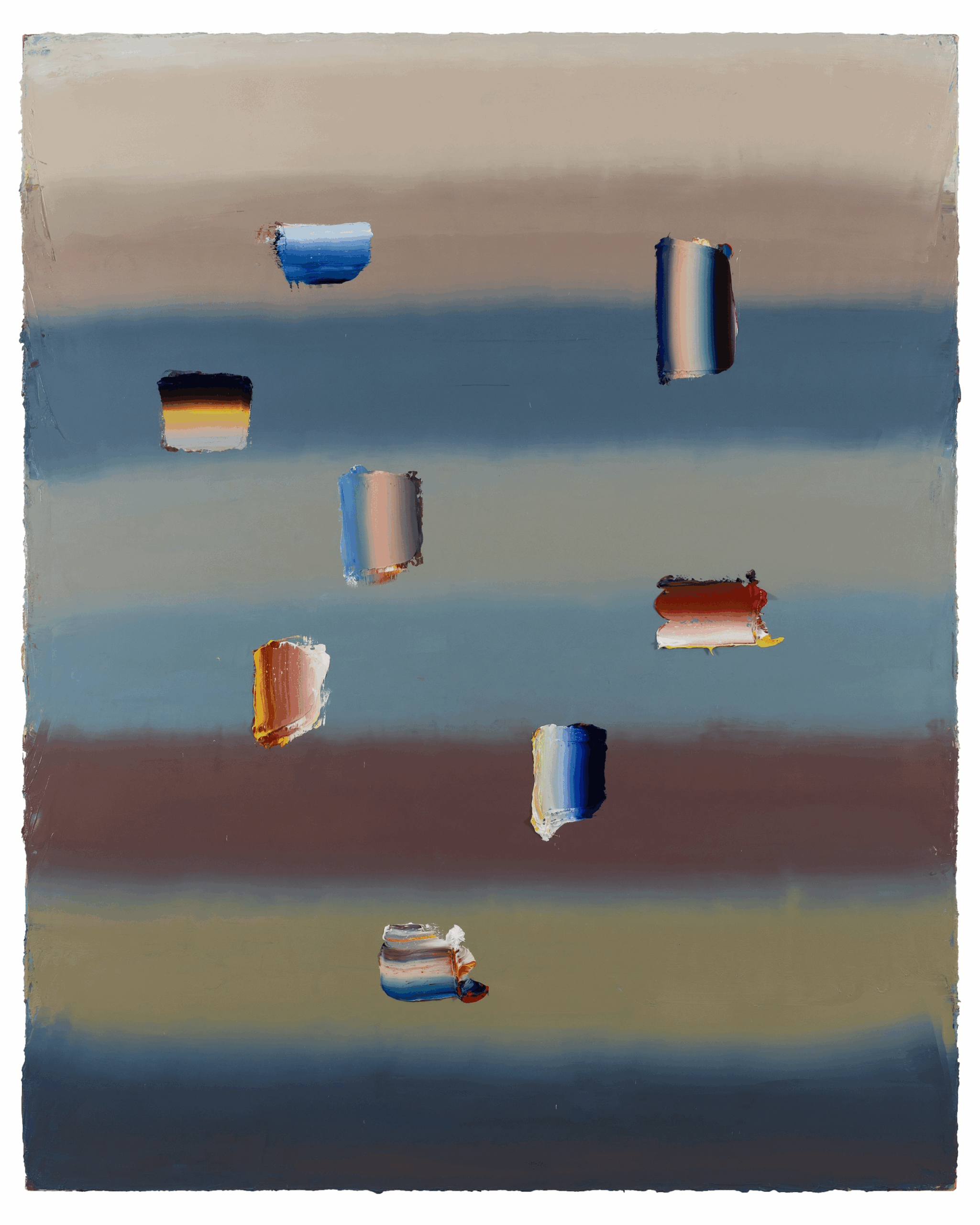
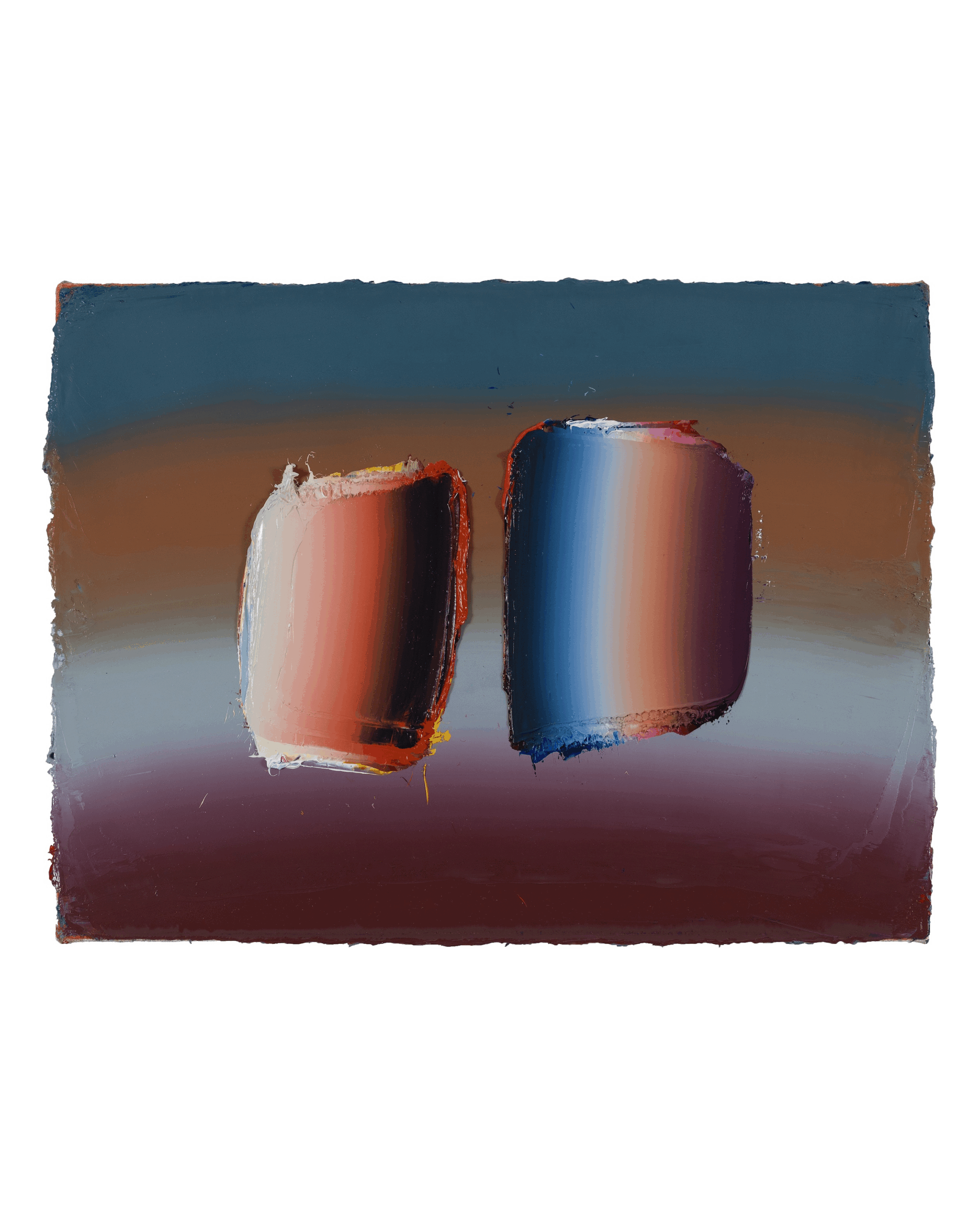
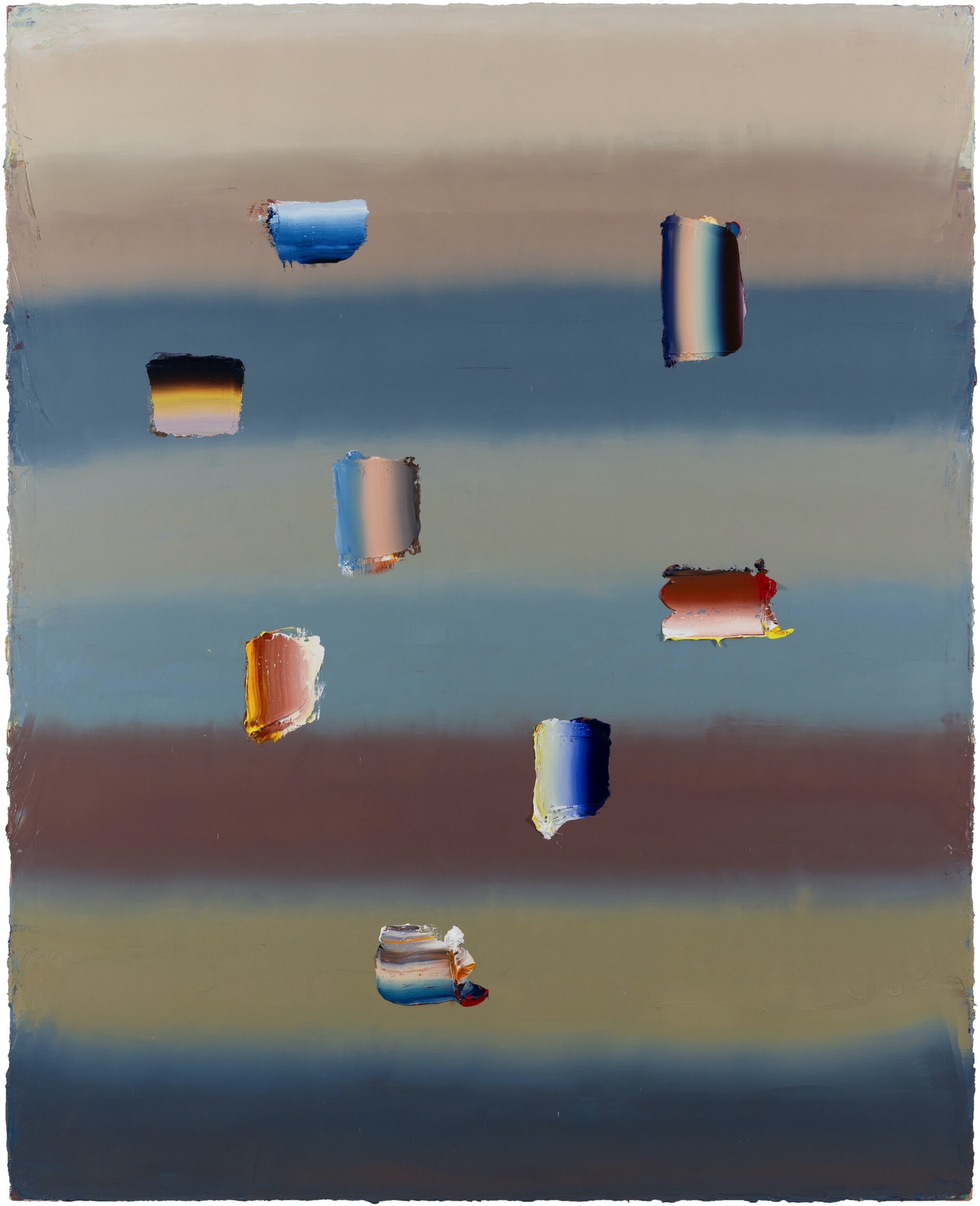
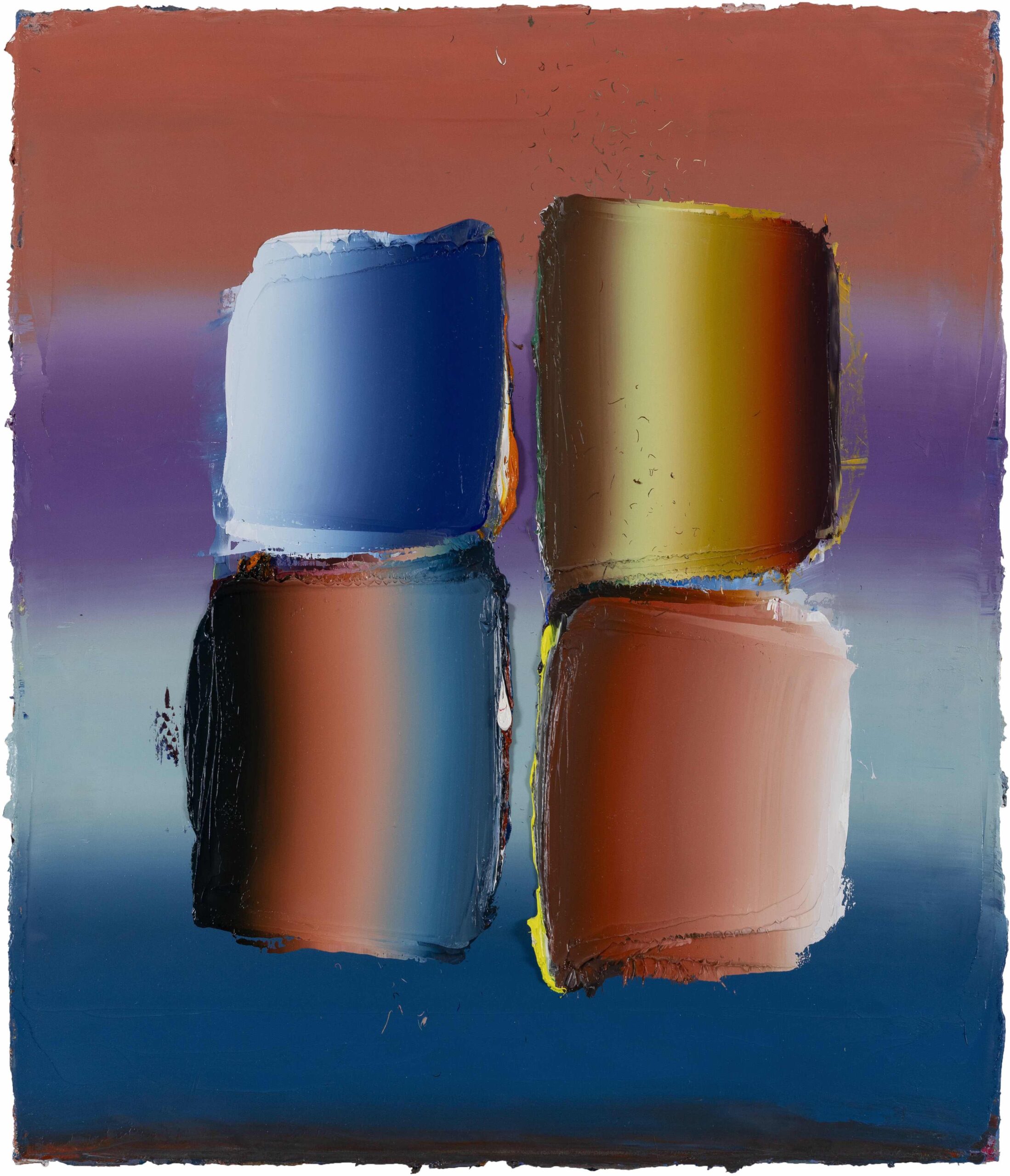





A similar feeling might arise when viewing the exhibition “Soulva“ by German artist Anna Leonhardt at Galerie Friese in Berlin. Her abstract works, with few exceptions, consist of two visual layers. In the background, you see horizontal color bands in muted tones. They’re painted in thin layers, the colors gently blending at the edges. In the foreground, smaller, thickly painted color gradients are scattered across the canvas. These bold, dense areas contrast with the soft, blurry background, creating a fascinating tension. Basically, they are the same thing: colors blending into one another. Yet they are so fundamentally different that a mysterious tension builds within the images. The eye searches in vain for a proper focus or spatial orientation – but without reference points, that’s hard to do.
Abstract art is generally characterized by its boundless potential for association and interpretation. In Leonhardt’s paintings, infinity itself seems to be the subject. Just as a line segment in mathematics can be divided into infinitely many intervals, the gradients in her paintings reveal a seemingly endless spectrum of tonal nuances. In addition, there is the spatial dimension, which resists any clear sense of scale.
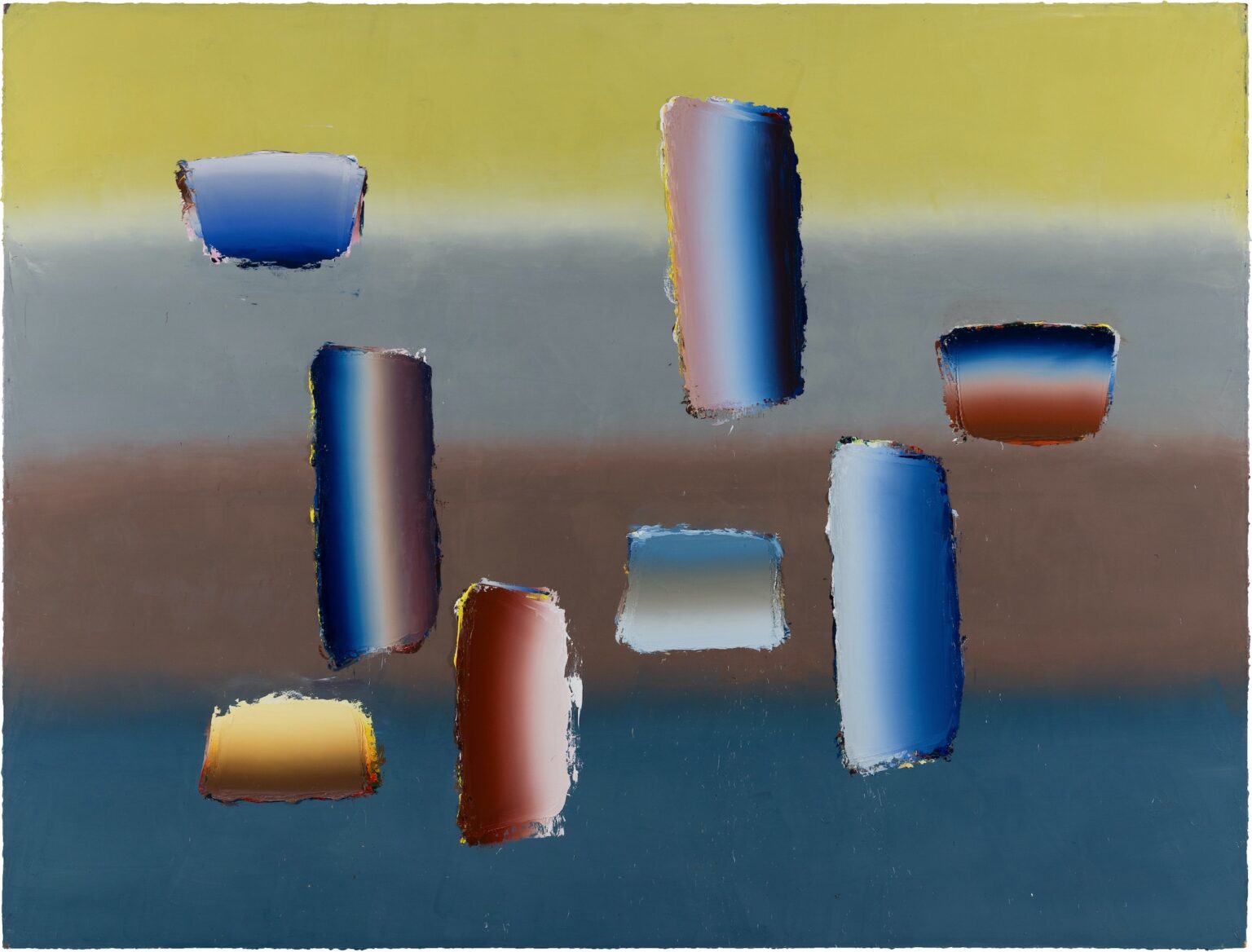
The difficulty of grasping the concept of infinity was described by French philosopher Blaise Pascal in the 17th century. In his attempt to define humanity’s place in the world, he looked first at the vast whole – the universe – and saw the human shrinking to insignificance in that context. In the opposite direction, toward the tiniest building blocks of our world, humanity appears infinitely large. In both perspectives, the human becomes incomprehensible – caught in the middle. This paradox is reflected in Leonhardt’s work. On the one hand, they are simple combinations of physical pigment particles; on the other, they evoke infinite expanses of space and color. Pascal concluded that such incomprehensibility could only be explained by the existence of God. But that’s something everyone must decide for themselves.
When examining Leonhardt’s paintings more closely, new insights emerge. At the edge of the seemingly perfect gradients, excess paint has accumulated. These concentrated masses of matter – which in the center of the image created a meditative, transcendent effect – are piled up here. In some places, individual base tones can be discerned; in others, it all becomes a dark mix. The unpainted side edges of the canvases are also striking, revealing raw linen and traces of spilled and splattered paint.
This glimpse into the process of creation is like a small crack in the matrix – offering a look behind the curtain and making the constructed nature of what is seen a little more comprehensible. While this may lend a certain sense of grounding to the viewing experience, it in no way diminishes the wonder in Leonhardt’s work. Rather, it serves as an anchor – an invitation to stay a little longer. Or to shift the focus toward what can be understood, and simply take joy in the beautiful, incomprehensible rest.
This article was originally published in German by Monopol on March 20, 2025

